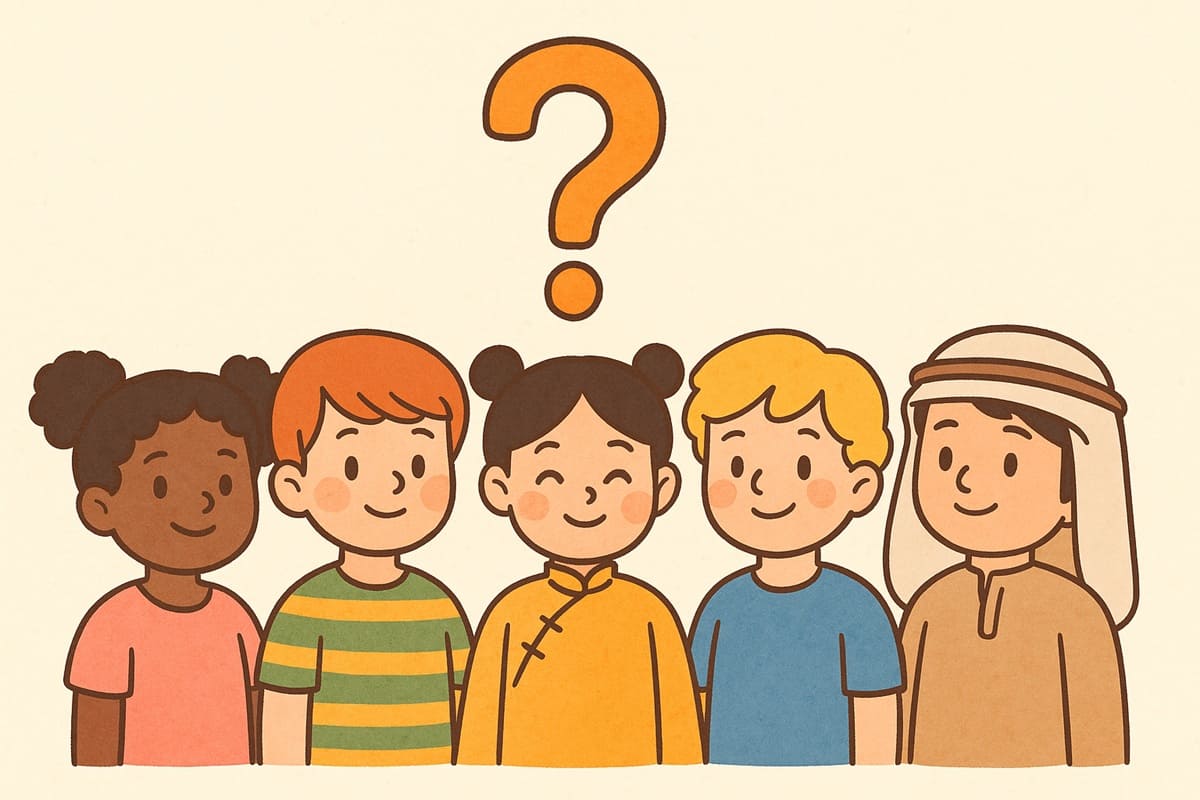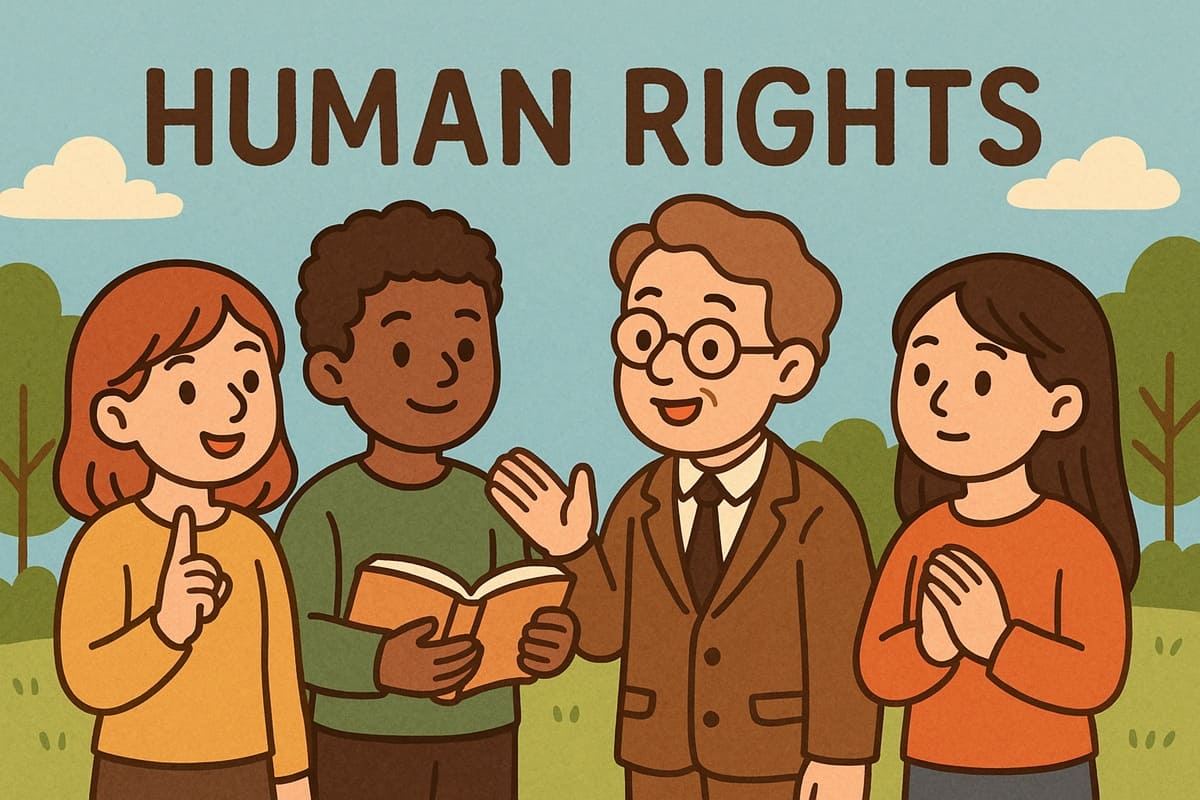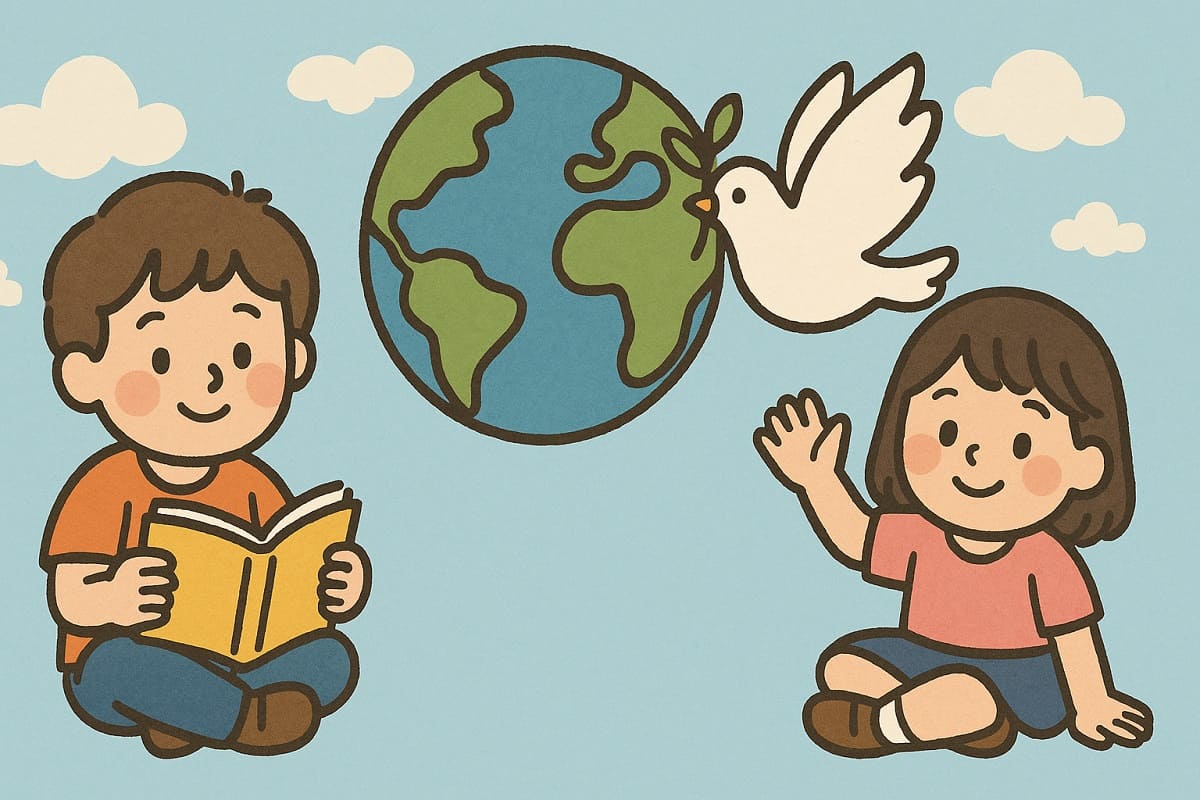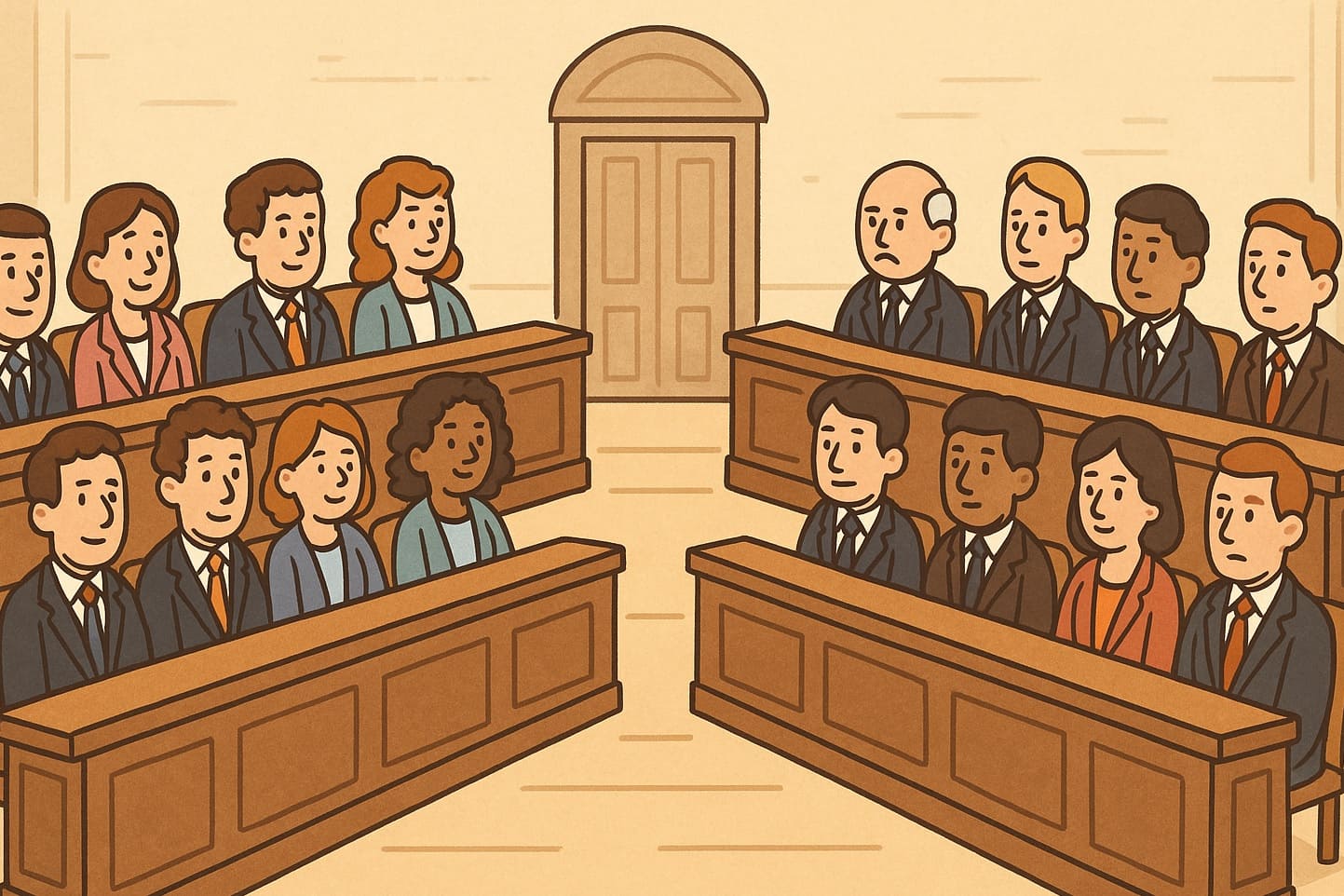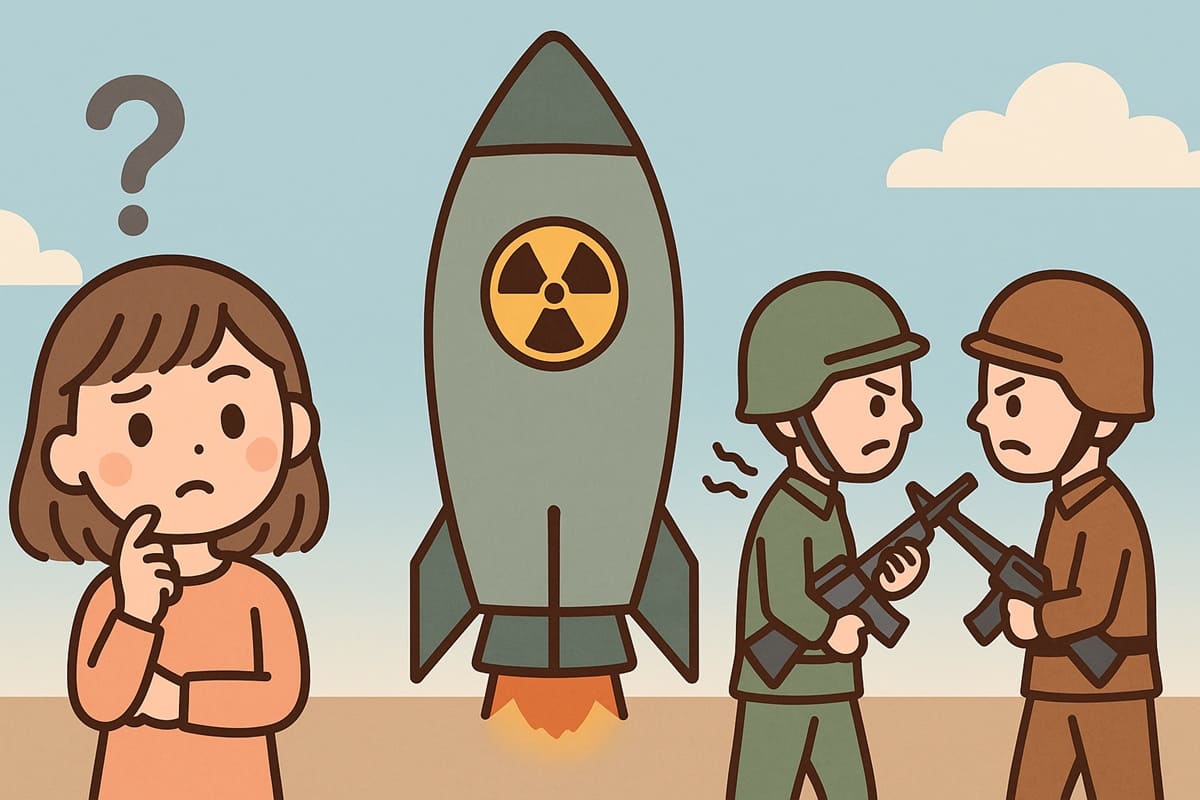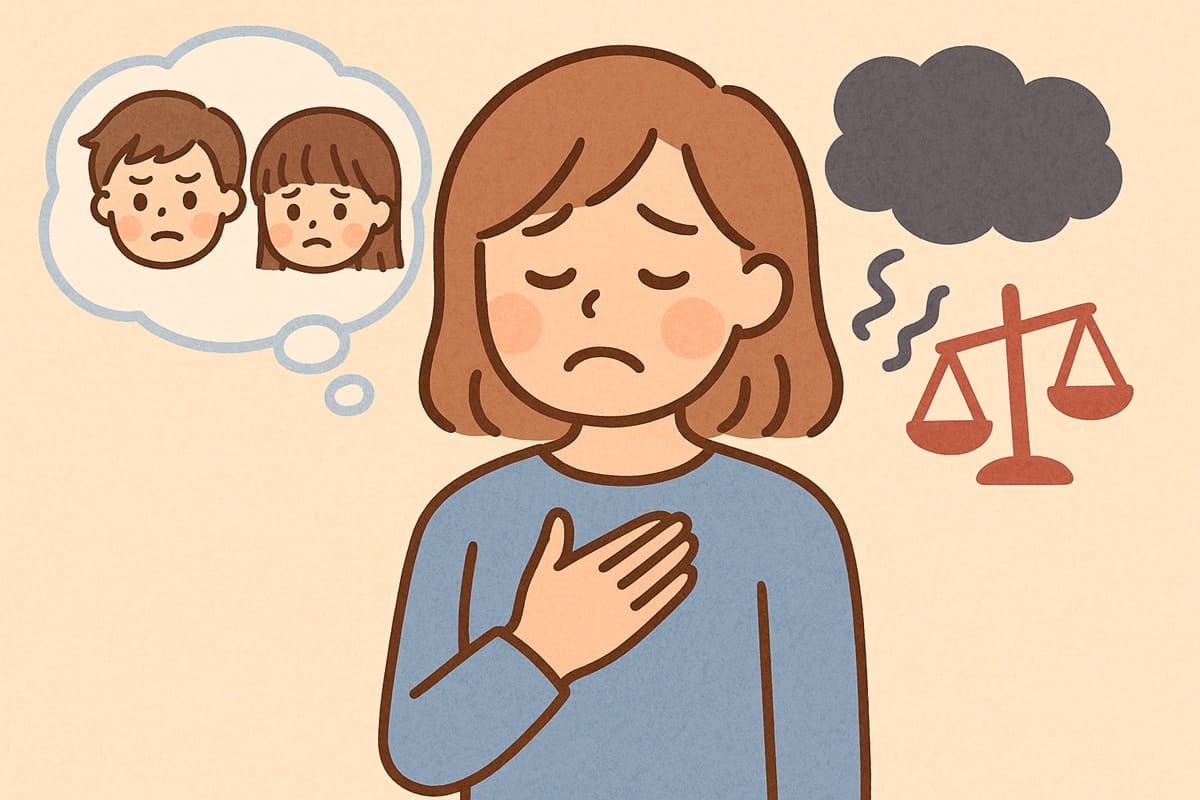What Is Good Communication? Why “How You Say” Matters More Than “What You Say”

“Why don’t they understand me, even though I explained it clearly?”
“Why did I upset them, even though I just said the right thing?”
Have you ever had a conversation like this that didn’t go the way you hoped?
In fact, what matters most in communication isn’t what you say, but how you say it.
In this article, based on insights from psychology and neuroscience, we’ll explore what good communication really means—in a way that’s easy to understand.
Do Words Really Reach the Heart?
When we talk to others, we often focus on “what words to use” or “what message to convey.”
But studies show that what actually gets through to the other person is not the words themselves, but how you deliver them—your tone, attitude, and expression.
Take the phrase “Thank you,” for example.
- When it’s said with a bright smile, it makes us feel happy.
- But if it’s muttered with a frown, we might think, “Do they really mean it?”
In this way, the same words can come across as either positive or negative—depending entirely on how they’re said.
The Right Brain Feels, the Left Brain Thinks
Neuroscience also tells us how important delivery is.
Our brain is divided into two main sides: the left brain and the right brain.
- The left brain processes language and logical thinking.
- The right brain picks up on emotions, facial expressions, and intuition.
When talking with someone, your right brain pays attention to things like their tone of voice, facial expressions, and gestures, trying to figure out: “How does this person feel?”
That means when we try to understand others, we rely more on emotion and atmosphere than just the actual words.
In fact, studies show that when the right brain isn’t functioning properly, people struggle to read emotions from others’ tone or expressions.
This shows just how crucial the right brain is in communication.
Mehrabian’s Rule: Words vs. Voice vs. Appearance
Psychology offers a famous idea known as Mehrabian’s Rule, which explains how people interpret a speaker’s emotions.
- Words: 7%
- Tone of voice: 38%
- Facial expressions and gestures: 55%
In short, when people try to sense how someone feels, the way something is said has a much greater impact than the words themselves.
Communication Tip 1: Start by Listening and Accepting
One of the most important attitudes in a conversation is to accept what the other person says without denying it.
For example, imagine a friend says, “Club activities have been tough lately.”
If you respond with, “You’re just being weak,” or “Aren’t you overthinking it?”—your friend probably won’t want to talk to you again.
But if you say, “Oh, that sounds tough,” or “What’s been going on?”—they’ll feel safe and understood.
This is called active listening, a vital communication skill that helps build stronger human relationships.
Communication Tip 2: Go from Negative to Positive
When you need to give feedback or express your opinion, the order in which you speak is also important.
If you suddenly say, “This is no good,” or “Why did you do that?” the other person may become defensive.
But if you start with something like, “You worked hard,” and then say, “This part might be even better if you try this,” it’ll be much easier to accept.
This technique is known as the “sandwich method” of feedback.
Recent studies also suggest that giving negative comments first and then ending with a positive message can be even more effective.
For example: “This part could use some improvement, but overall, it’s looking really good!”
Communication Tip 3: Facial Expressions, Tone of Voice, and Eye Contact Matter
How you say something includes not only words, but also non-verbal communication—like your tone of voice, speaking speed, eye contact, and facial expressions.
- Speaking with a gentle expression puts others at ease.
- A calm and steady voice builds trust.
- Looking the person in the eye shows sincerity.
On the other hand, if you cross your arms and glare—even if you’re saying something nice—it might come off as angry or hostile.
Conclusion: Words Alone Don’t Communicate
When talking to others, we tend to think, “I have to say the right thing.”
But in reality, to truly be understood, how you say it is much more important than whether you’re “right.”
So remember:
- Don’t dismiss what the other person says
- Speak with a tone that shows empathy
- Think carefully about the order of your message
- Be mindful of your facial expressions, tone, and gestures
If you practice these techniques, your communication—and your relationships—will definitely improve.
Give it a try in your next conversation!
Main References
McGilchrist, I. (2012). Can the divided brain tell us anything about the ultimate nature of reality? The Royal College of Psychiatrists.
Borod, J. C., et al. (1990). The role of the right hemisphere in emotional communication. Journal of Clinical and Experimental Neuropsychology, 12(4), 435–448.
Mehrabian, A. (1971). Silent messages: Implicit communication of emotions and attitudes. Wadsworth.
Van-Tuyl, L., et al. (2015). Should you order the feedback sandwich? Efficacy of feedback sequence and timing. Journal of Applied Social Psychology, 45(4), 205–214.
Frontiers in Communication. (2022). Effectiveness, attractiveness, and emotional response to voice pitch and hand gestures in public speaking. Frontiers in Communication, 7, Article 869084.
